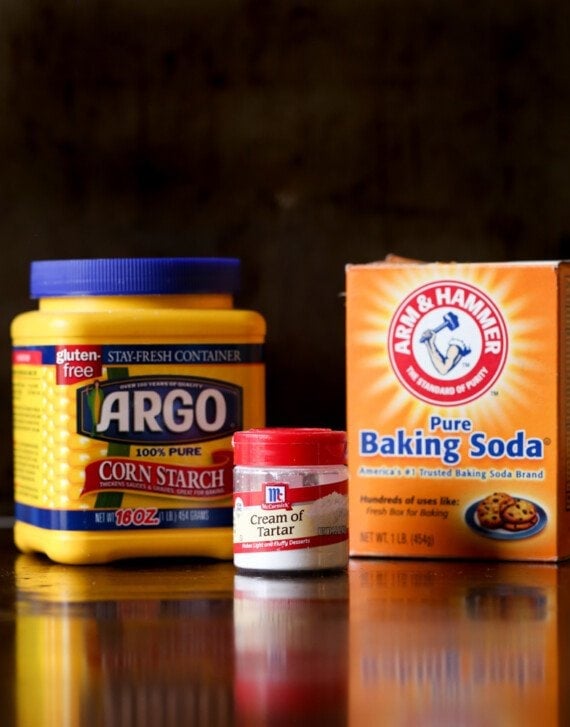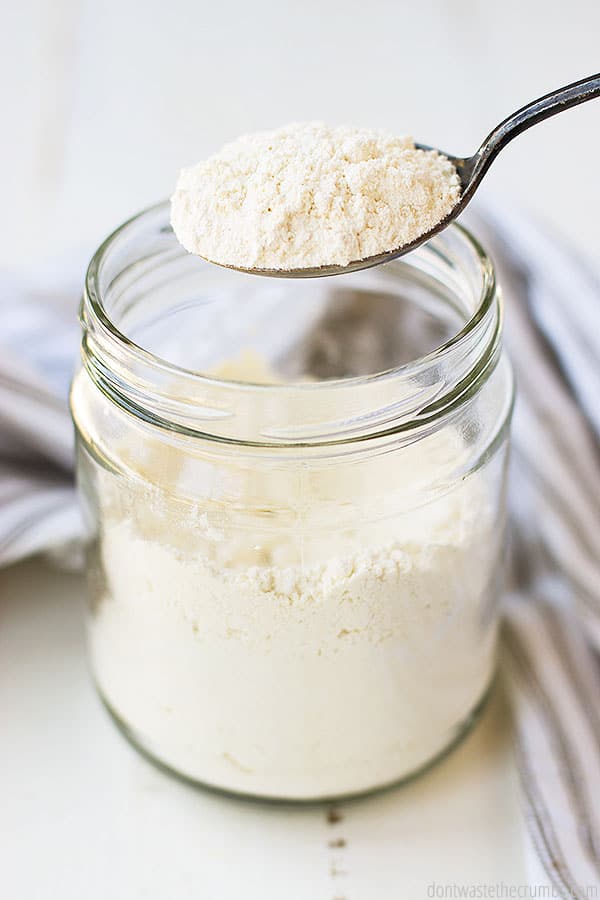
The recipe for PLAY- DOH has remained almost untouched since it was first introduced. PLAY- DOH was patented in 1965, by Noah W. Children's art and toy manufacturer, AMAV, has released an FDA-approved-for-consumption alternative to your more typical, tasteless doughy fare. It's why play dough is deliberately non-toxic and, unfortunately, wholly devoid of any flavor whatsoever. However, "functional" scents that are inherent in the product itself, such as smell for perfume, are not accepted for registration. For example, a trademark for plumeria scent for sewing thread was registered in 1990. Yes, you can trademark an odor if it is not a functional aspect of the product. Hasbro describes the distinctive eau de Play- Doh as a "combination of a sweet, slightly musky, vanilla- like fragrance, with slight overtones of cherry, and the natural smell of a salted, wheat-based dough." Play- Doh has been around since 1956, so generations have grown up with the squishy, colorful toy. You may also clean in a mechanical dishwasher. Buttermilk: The acidity of buttermilk may work in some baked good recipes. For example, use one teaspoon of baking powder to replace 2/3 teaspoon of cream of tartar and 1/3 teaspoon of baking soda. Baking powder, which consists of baking soda and acid salts, is a. Baking powder is comprised of two parts cream of tartar to one part baking soda, so its important to keep the proportions intact. Clean with water and detergent, rinse, sanitize with an EPA- registered disinfectant, rinse again, and air-dry. Baking soda is the common name for sodium bicarbonate, a salty, alkaline chemical compound that has a wide variety of uses. Sand and water tables, play dough, clay, etc. By far, one of the easiest ways to substitute cream of tartar in a recipe is by swapping it out with baking powder, which is very similar in composition to the cream of tartar.

Lavender essential oil is a good choice that is safe for children. Optional: a few drops of essential oil for fragrance.1 cup of naturally colored water (see above) OR 1 cup water and natural food coloring.That risk led the UK's National Poisons Information Service to issue a warning around homemade playdough in 2014.

The danger: Homemade playdough contains more salt than commercial versions, and that can lead to serious issues if kids eat too much (or if pets gobble some down).


 0 kommentar(er)
0 kommentar(er)
